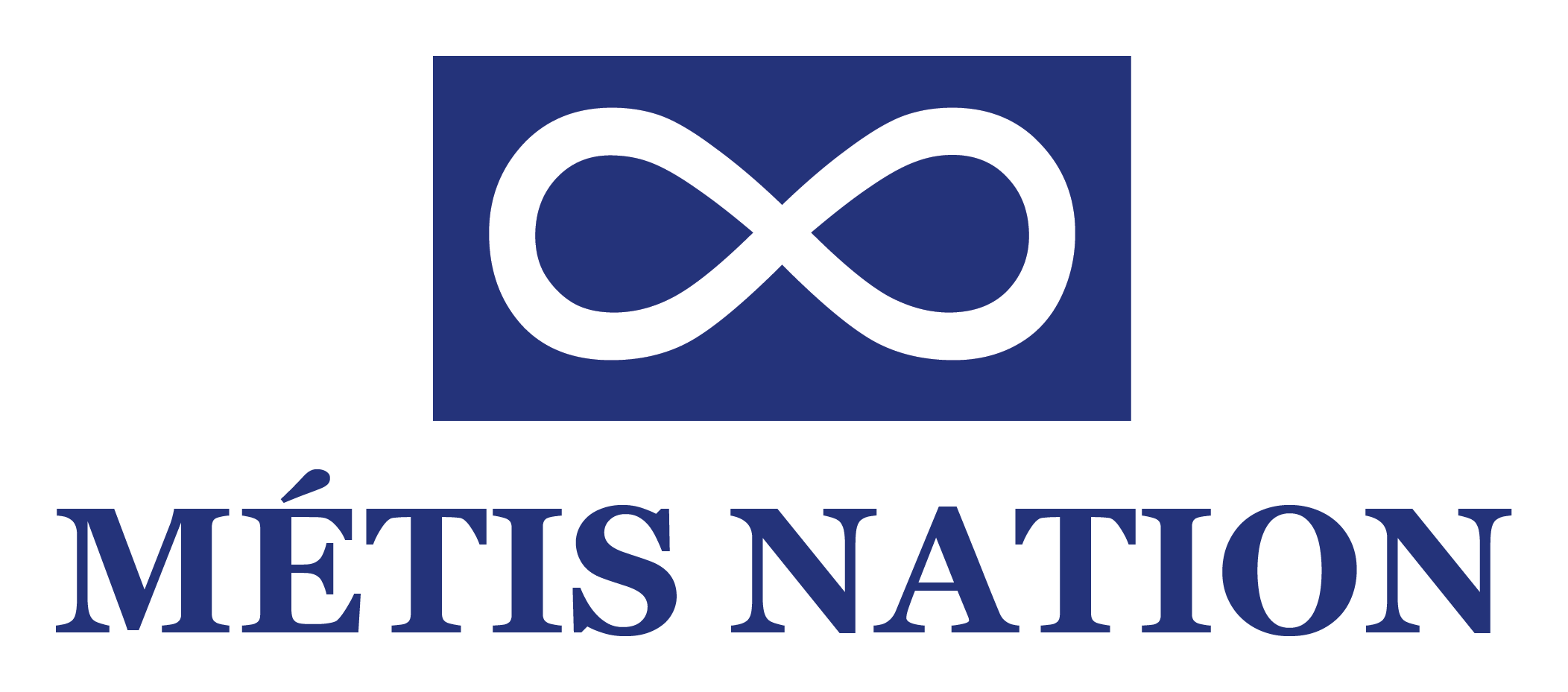![]()
Video
Siila Watt-Cloutier
Our Planet in Peril
For decades, Silla Watt-Cloutier has been a strong voice for communities and geographies on the frontlines of climate change. The Inuit author and advocate emphasizes the importance of understanding climate change as a human rights issue. “As Inuit, we rely on the cold, the ice, and snow,” Watt-Cloutier explains. “That is our life force... It isn’t just about the ice itself, it’s what the ice represents.” For her people, the Arctic’s cold and ice is at the centre of culture, transportation, safety, health, and education. Climate change is a threat to their entire way of life. But Watt-Cloutier is hopeful that “we can find solutions to this planet in peril.”
Read Strategy
ITK National Inuit Climate Change Strategy
Inuit Tapiriit Kanatami (ITK) is the national organization representing over 65,000 Inuit across the country and within their Arctic homeland, which is recognized as a “global climate change hotspot.” ITK developed the National Inuit Climate Change Strategy to coordinate effective action across five priority areas: 1) knowledge and capacity building; 2) health, well-being, and the environment; 3) food systems; 4) infrastructure; and 5) energy. The strategy is explicitly designed to protect culture, language and the Inuit way of life in the face of a changing climate.
Video
Elder Joanasie Speaks to Youth About Climate Change
Joanasie Karpik is one of Nunavut’s most respected Elders on climate change. In 2017, youth and Elders gathered together at Sannirut, a popular camping spot near the community of Pangnirtung, for a video and storytelling workshop. Joanasie shares, “I’ve lived two worlds now”, speaking to the changes he has seen to the weather pattern over nearly 80 years of observation in Cumberland Sound. These unprecedented changes are outside of local knowledges of Elders and Joanasie shares, “today, because of climate change, we can’t use their knowledge in the same way.” We must work together to rise to the challenge of this new weather system.
Video
Inuit Knowledge and Climate Change
Qapirangajuq: Inuit Knowledge and Climate Change was co-directed by acclaimed Inuk filmmaker Zacharias Kunuk (Atanarjuat The Fast Runner) and PCC’s Executive Director Dr. Ian Mauro. It’s the world’s first Inuktitut language film on climate change, released in 2010, and takes viewers into the Arctic and the Inuit knowledge that is bearing witness to rapid climate change. This award-winning film has been screened around the world – the Smithsonian Institution, Berlin International Film Festival, ImagineNative, etc – and its findings and the community-based process that created it continue to be discussed.
Video
Tariuq-Takujannik
The Ocean From My Eye
“Tariuq Takujannik - The Ocean From My Eye” explores youth perspectives of climate change through the lens of pinhole photography and participatory video. Students from Attagoyuk High School in Pangnirtung, Nunavut participated in a weeklong workshop about oceans, climate change, and photography. Building cameras from recycled materials, students took to the shoreline to create photographs, guided by the question: why are imaq (sea water) and siku (sea ice) important to youth? By engaging youth in creative, hands-on processes, we can share knowledge and find solutions for complex issues like climate change.
Video
Lament for the Land
Told through the voices of people from Nunatsiavut, Lament for the Land weaves together the voices and wisdom of Labrador Inuit with stunning visual scenery to tell a powerful story of change, loss, and hope in the context of rapid climate change in the North. A collaboration between researcher Dr. Ashlee Cunsolo and the five communities of Nunatsiavut, this film brings attention to some of the most pressing climatic and environmental issues of our time, and the resulting mental, emotional, and cultural impacts on one of Canada’s oldest and most enduring cultures.
Read about
Visualizing Changing Oceans through Collaborative Research in Pangnirtung, Nunavut
For decades Inuit have been leading the conversation on climate change in Canada. Inuit writer and advocate Siila Watt-Cloutier has been at the helm of this work. “As Inuit, we rely on the cold, the ice, the snow. That is our life force,” she says. For her people, the cold and sea ice are at the center of culture, transportation, safety, health, and education. Climate change is impacting the Inuit way of life.
As such, many Inuit Elders and hunters are concerned by accelerated changes to the land, water, weather system, and wildlife. They are experiencing things outside of the range expected or observed in oral histories.These observations are obvious in Qapirangajuq: Inuit Knowledge and Climate Change, the first feature-length film about climate change in Inuktitut, directed by Dr. Ian Mauro & Inuit filmmaker Zacharias Kunuk. Elders and hunters from across Nunavut contributed to the film and were particularly vocal about the threat of climate change to economy, food security, and culture.
Maps
Indigenous Climate Change Maps
New Indigenous map layers provide climate data for 634 First Nations and 53 Inuit communities from coast to coast to coast, as well as climate projects across the Métis homeland.
Look for the Indigenous icon on the left of the map to visualize these data and resources.
![]()

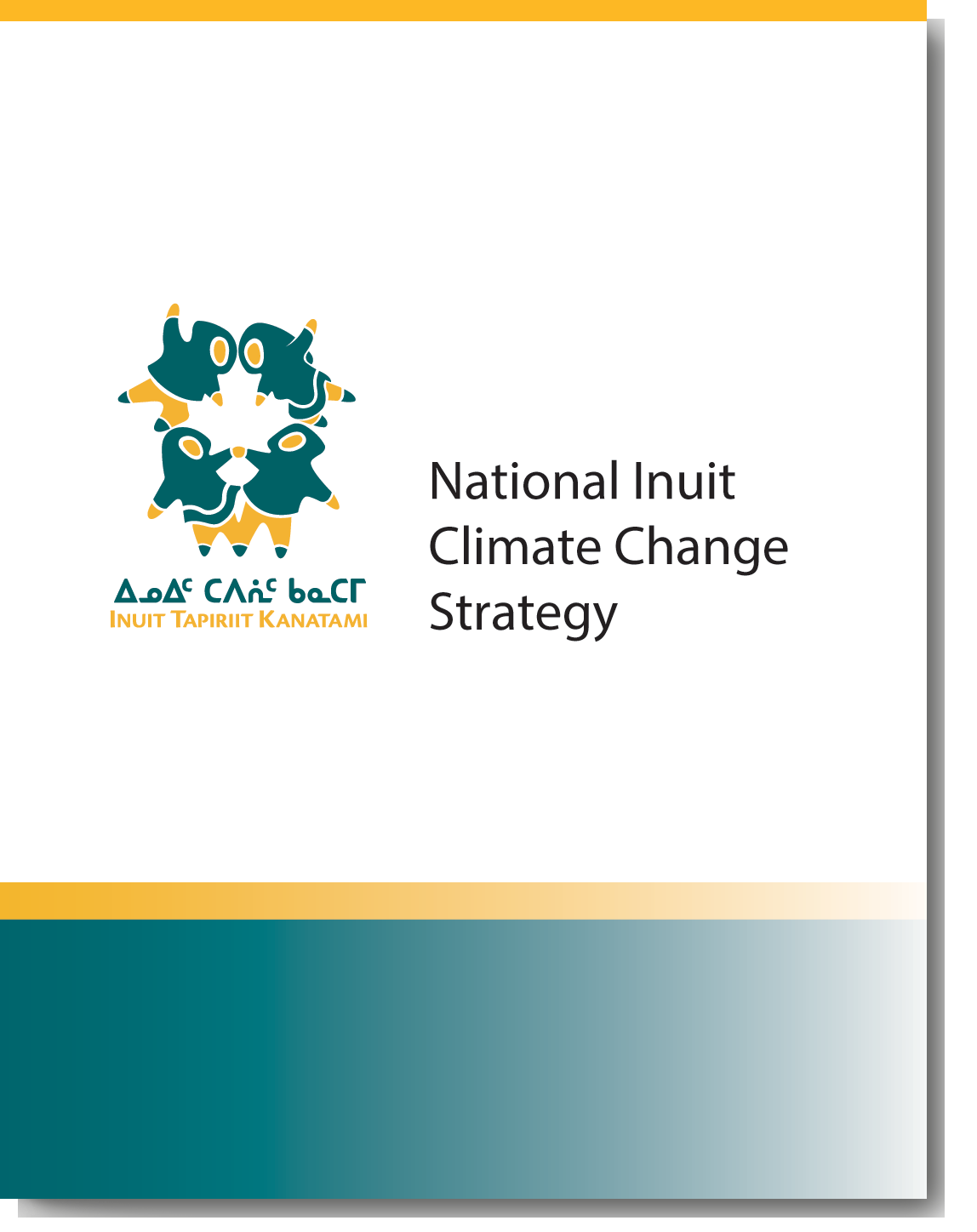

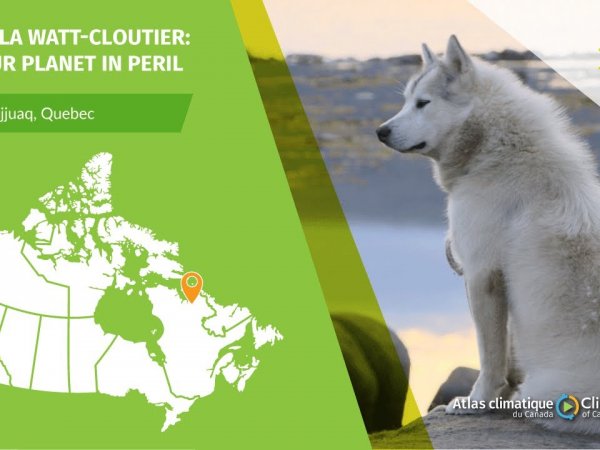
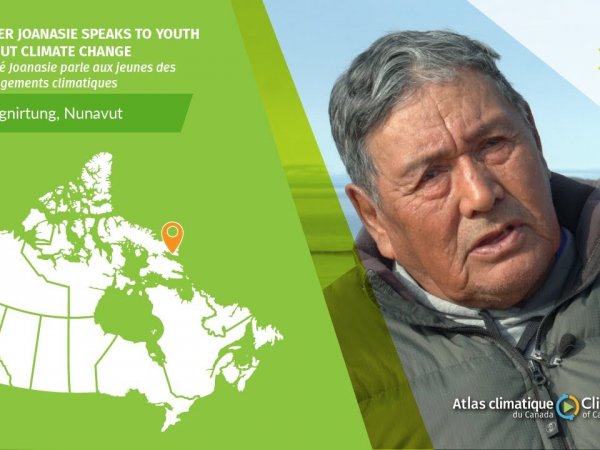
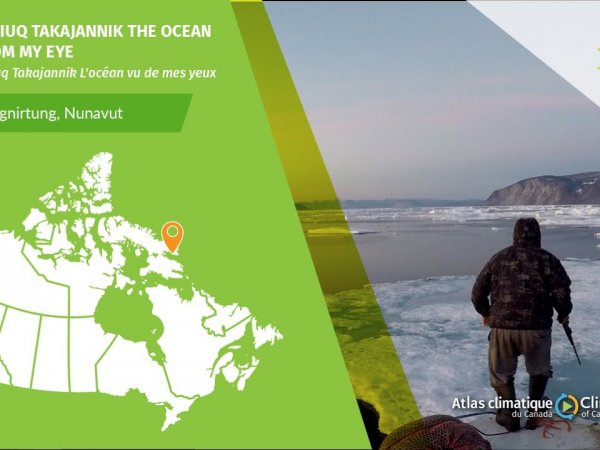
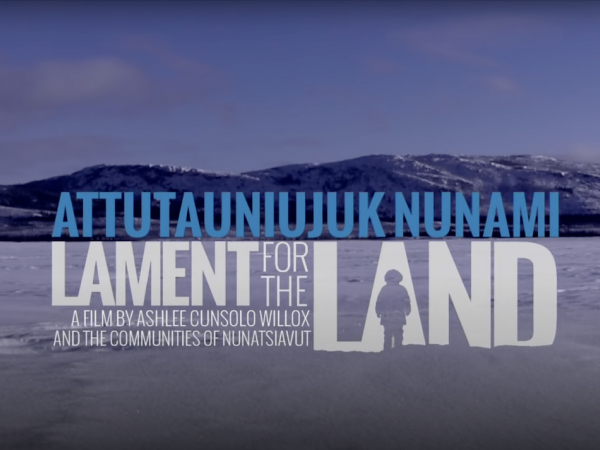
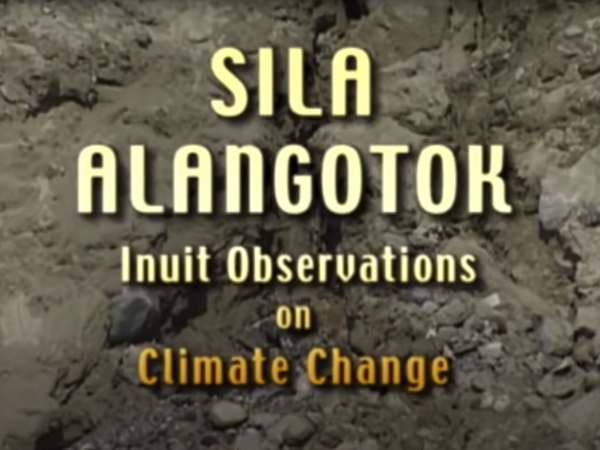
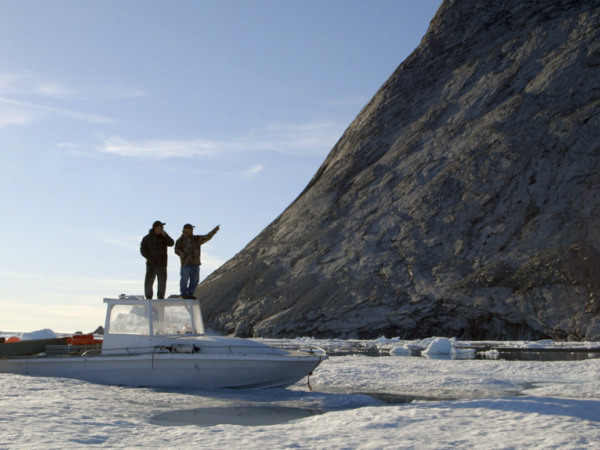








.png)
